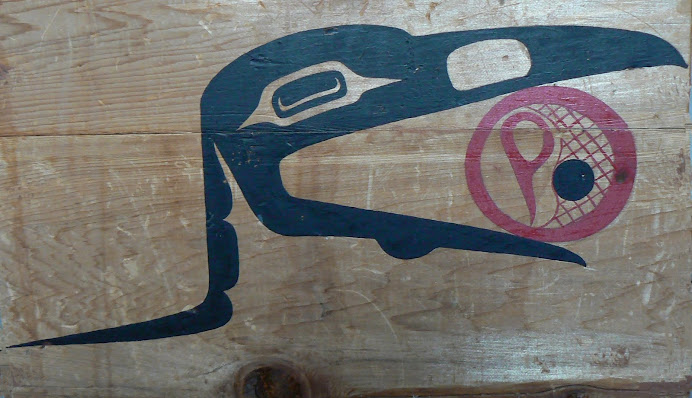A couple months ago I wondered how many years, here in Puyallup, we have passed through 19 degrees F, such that the temperature would be correct for pressing ice wines. I found that for the nearby WSU Puyallup Ag weather station readings, every year back for 6 or 8 years there was a cold snap where temperatures were lower than 19 F. Thus, it would have been possible to press ice wine if one still had grapes hanging. Unfortunately, for the prior 4 or 5 years before that, the minimum daily temperatures never got below 20 F, so a saved crop of grapes would have been wasted. (Well, I guess one could press a "late harvest" in late January, after giving up on ice wine).
But no problem this year. The data below shows our recent cold snap.
It should be noted that it is rare, here, for the daily high not to get above freezing. In fact, for the official SeaTac weather records, the daytime high has never before been below freezing in November. (Global warming? Really?)Two particular points to note above. First, the cold weather on the night of 22-23-Nov was exacerbated by strong gusty winds out of the north. Blowing snow left rare snowdrifts here. Then it got still and really cold. The 9.8 degrees recorded at the WSU Puyallup station was about as low as I have seen in their records, and it was actually colder here. It was 7.7 F at 3:30 AM.
So I have left the few grape clusters on my Zweigeltrebe, Pinot Noir and Pinot Blanc, and thought I would see how much the sugar was concentrated in frozen berries.
Snowy Frozen Pinot Noir
The Vineyard is all pruned for next year.
All three of the remaining grape varietals had been stuck at about 15-16 Brix since early November. I decided to do a test pressing on the frozen grapes. Using a chilled garlic press, I was able to squeeze about one tiny drop out of each frozen berry I tested (air temp wa 21.9 degrees F - a bit high but what I had when it was light). All 3 varieties now produced juice with 24 or 26 Brix. Still not high enough to meet Canadian ice wine standards (min 35 Brix), but certainly better than 15. Still, I could have pressed all my remaining grapes and probably not gotten a teaspoon of juice.
On a more favorable front, the Madeleine Angevine, Sauvignon Blanc and Viognier wines were all fined and placed in the cool back porch to clear.
2010 Madeleine Angevine, Sauvignon Blanc, and Viognier
I lightly oaked the Mad Ang with medium toast French oak chips for about 2 weeks, as it was still pretty acidic (0.85 TTA). I decided to medium oak the Sav Blanc with some Hungarian oak cubes I had. I'm going to try 3 weeks on that. No oak for the Viognier.
Our current "wine cellar" (aka back porch) is completely full of bottles, so after these 3 batches are bottled (about 90 bottles) I will really need additional storage space. I decided to build a wine rack that fit the maximum number of bottles in exactly the space I have available. First I built a small pine prototype to fit the largest diameter Burgundy bottles as tightly as practical (2mm clearance between...).
After getting the spacings figured out, I used relatively inexpensive western maple (bigleaf) to build a full-width, but limited height version. The western maple turned out to be too soft.
So for the full-sized version I used Eastern "rock" maple. Here is the full-sized frame, test fit into it's allotted space. With a bit of trimming here and there from shelves, etc. it fits like a glove. It will hold 180 bottles once all the shelves are completed. Just need to finish 16 more shelves...


























































